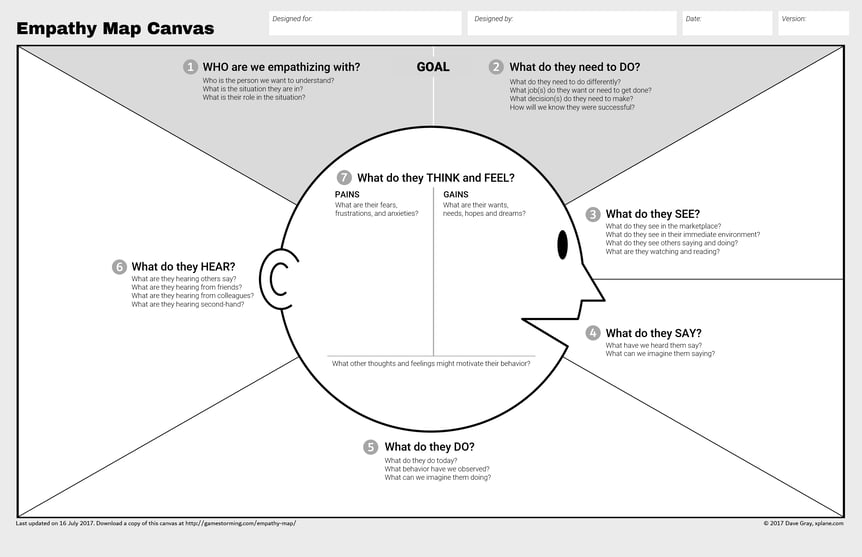When you’re working on a new website, it’s important to consider your user journey. You may hear web developers and designers talk about UX (user experience) but respectfully have no idea what they’re rattling on about. A journey you say…?
First things first: what is a user journey map?
A user journey map is creating during the UX design process of building your website. It can feel like a foreign language, understood only by developers, but if explained it’s not so complex.
It’s all about creating a straightforward, simple process that should in theory generate higher conversions. A website that has a well thought out user journey should understand the intended users, their thought processes, what they want and what they respond best to.
While user journey maps come in all shapes and formats, commonly it is represented as a timeline of all touch points between a user and a product. This timeline contains information about all channels that users use to interact with a product.
Ok, so what does a user journey help solve?
By putting the end-user at the centre of the design, you’re taking your loaded or biased opinions out of the equation. Remember, just because you want a lead to do something in particular, doesn’t mean that’s what they’ll do!
A website user journey is good for:
- Creating a good user experience. For example, think about e-commerce websites and their filters. It could be as simple as ordering products in price order (e.g. low to high), or being able to show products that are a certain size, colour or have specific features.
- Solving problems with bounce rates, sessions and pages per session.
- Solving low conversions. This could be form fills or abandoned shopping carts. By planning this process, you’ll be encouraged to think how many data inputs are really necessary.
And I need one because…
This approach provides two major benefits:Using a customer journey map to analyse user behaviour helps an organisation understand how their customers travel through the entire sales process and how they feel during their time there.
- It allows decision-makers to stay focused on customers.
- It helps make each step of the buying experience easier for potential leads.
- What you’re trying to achieve (visually!)
- Your users behaviour
- Functionality requirements
- What pages are necessary on your sitemap
Right, what do I need to do to begin?
Although it’s best to work with a specialist, it doesn’t hurt to be informed on the process. Especially it’s good to know what to expect and come equipped with the information they need (which is particularly good if you’re paying an agency or consultant).
Please note: there may be more than one journey for you to map on your website!
For each user journey it’s vital to understand:
- Motivation. Why are they trying to do it?
- Channels. Where interaction takes place
- Actions. The actual behaviours and steps taken by users.
- Pain points. What are the challenges users are facing
Tip: Ensure that the user is getting a consistent experience across all channels.
Some of the steps may include the following:
- What’s the scope of the journey?
- Who is the user? (consult your persona!)
- Define a scenario and your users expectations
- List your touch points (e.g. if they are buying a product, can they do this offline, collect in store, get it delivered etc.)
- What is the intention of your users? And, what motivates them?
- Sketch the journey (or use post-it notes, flowchart planners etc.)
- How does it make them feel at each step?
- Validate and refine journey

Let us help!
We think it’s excellent that you’re thinking about your website user journey! It’s a great step in making your marketing customer-centric, and should help you to convert more leads to customers going forward. But if web design isn’t your forte, that’s fine, that’s what we’re here for. Simply reach out and we’ll be in touch to help.
